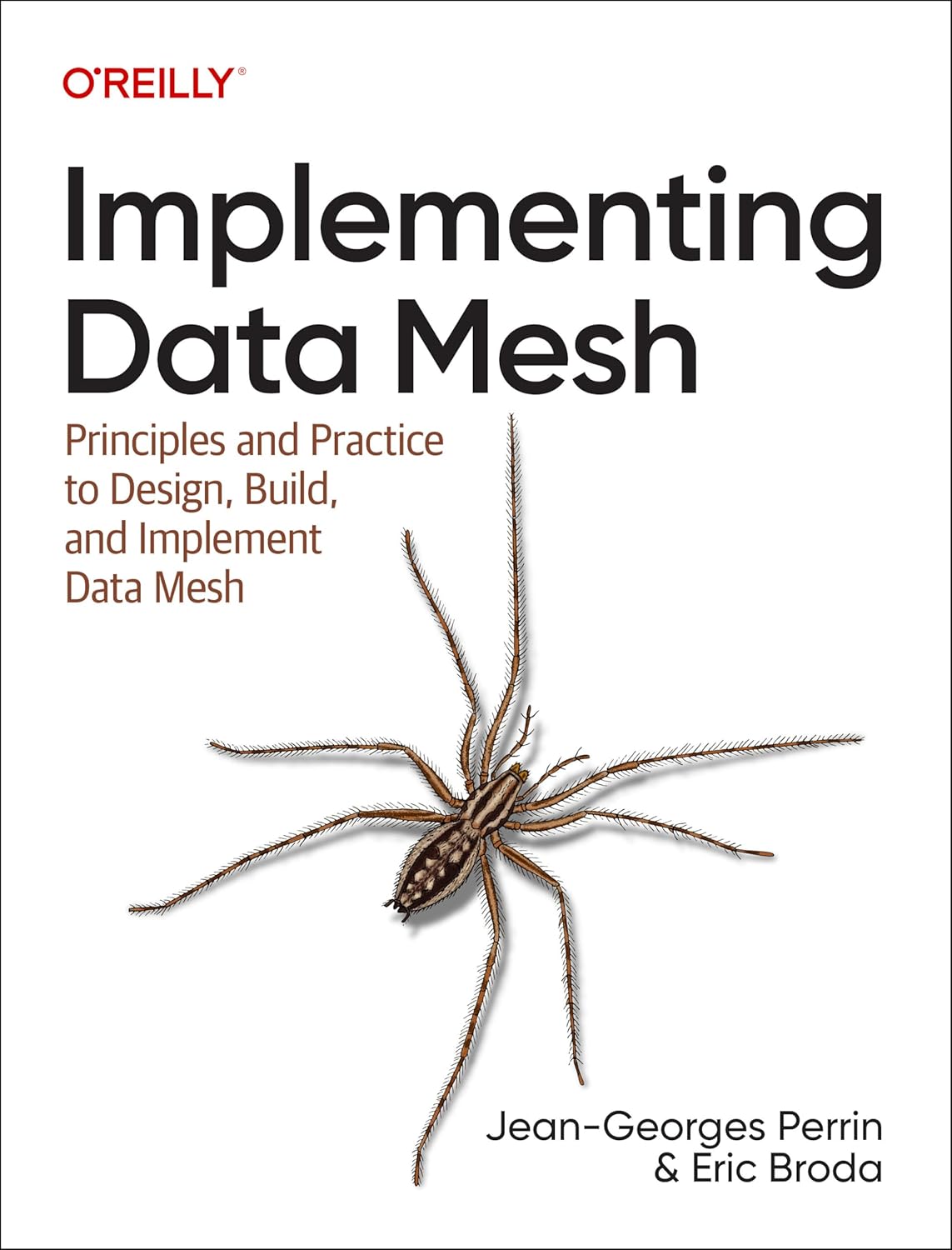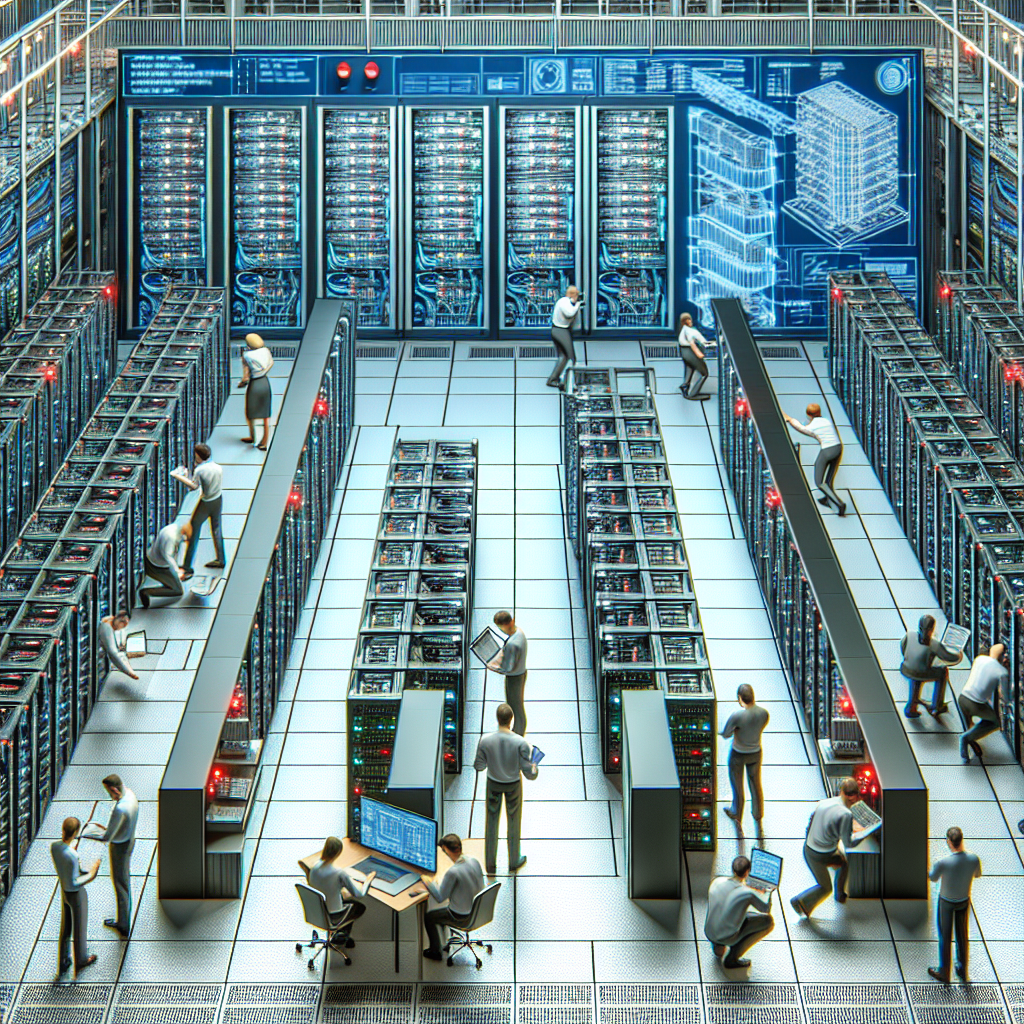In today’s fast-paced and constantly evolving business environment, having a strong IT infrastructure management strategy is crucial for the success of any organization. A well-implemented IT infrastructure management strategy can help businesses optimize their technology investments, improve operational efficiency, and enhance overall performance.
Implementing a successful IT infrastructure management strategy requires careful planning, effective communication, and continuous monitoring and evaluation. Here are some key steps to help you implement a successful IT infrastructure management strategy:
1. Define your IT infrastructure goals and objectives: Before implementing any IT infrastructure management strategy, it is important to clearly define your organization’s IT goals and objectives. This will help you determine the specific technology solutions and processes that are needed to achieve these goals.
2. Conduct a thorough assessment of your current IT infrastructure: In order to develop an effective IT infrastructure management strategy, you need to have a clear understanding of your organization’s current IT infrastructure. Conduct a comprehensive assessment of your hardware, software, network, and security systems to identify any areas that need improvement.
3. Develop a detailed IT infrastructure management plan: Once you have assessed your current IT infrastructure, develop a detailed plan that outlines the specific steps and actions needed to achieve your IT goals and objectives. This plan should include timelines, budgets, and key performance indicators to measure the success of your strategy.
4. Implement best practices for IT infrastructure management: Implement industry best practices for IT infrastructure management, such as ITIL (Information Technology Infrastructure Library) frameworks, to ensure that your organization’s technology systems are operating efficiently and effectively. These best practices can help you streamline processes, reduce downtime, and improve overall performance.
5. Invest in IT infrastructure management tools and technologies: To effectively manage your IT infrastructure, invest in the right tools and technologies that can help you monitor and optimize your systems. Consider implementing network monitoring software, asset management tools, and security solutions to ensure the smooth operation of your IT infrastructure.
6. Train and educate your IT team: In order to successfully implement an IT infrastructure management strategy, it is important to provide training and education to your IT team. Make sure that your team is well-versed in the latest technologies and best practices for IT infrastructure management to ensure the success of your strategy.
7. Monitor and evaluate your IT infrastructure management strategy: Once you have implemented your IT infrastructure management strategy, it is important to continuously monitor and evaluate its effectiveness. Regularly review key performance indicators and metrics to identify any areas that need improvement and make necessary adjustments to your strategy.
By following these key steps, you can implement a successful IT infrastructure management strategy that will help your organization optimize its technology investments, improve operational efficiency, and achieve its business goals. Remember that effective IT infrastructure management is an ongoing process that requires continuous monitoring and evaluation to ensure the success of your strategy.










You must be logged in to post a comment.